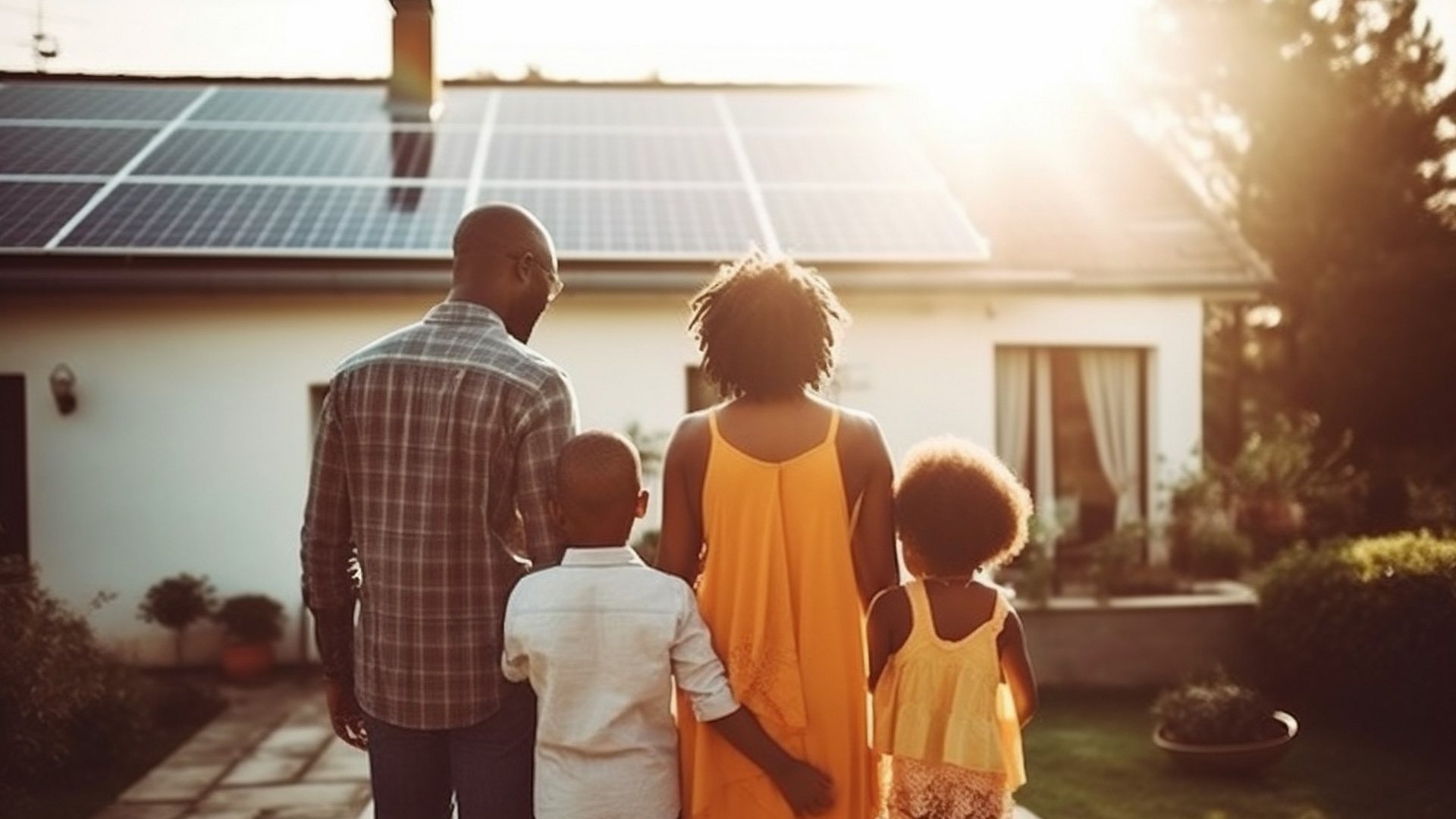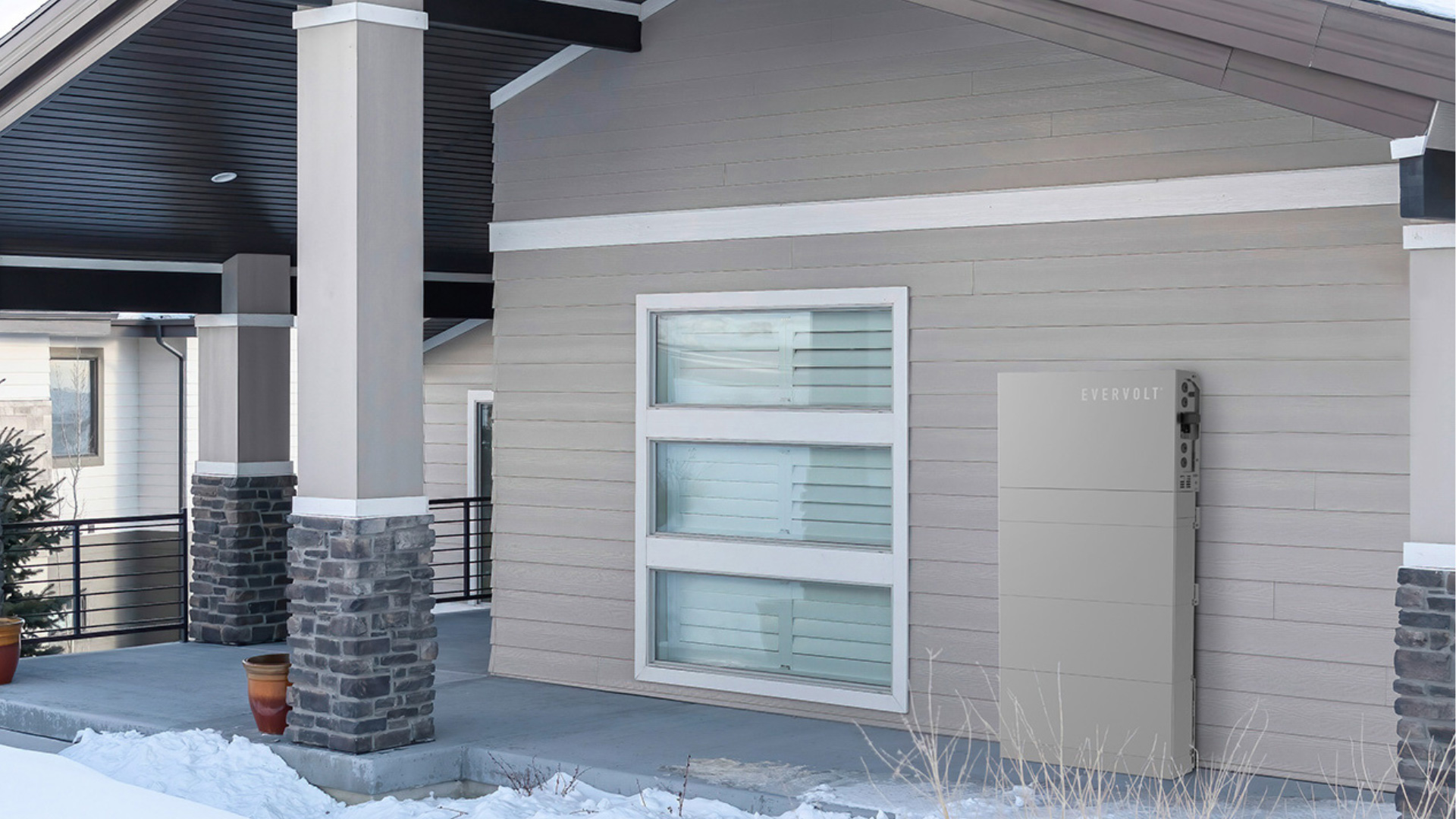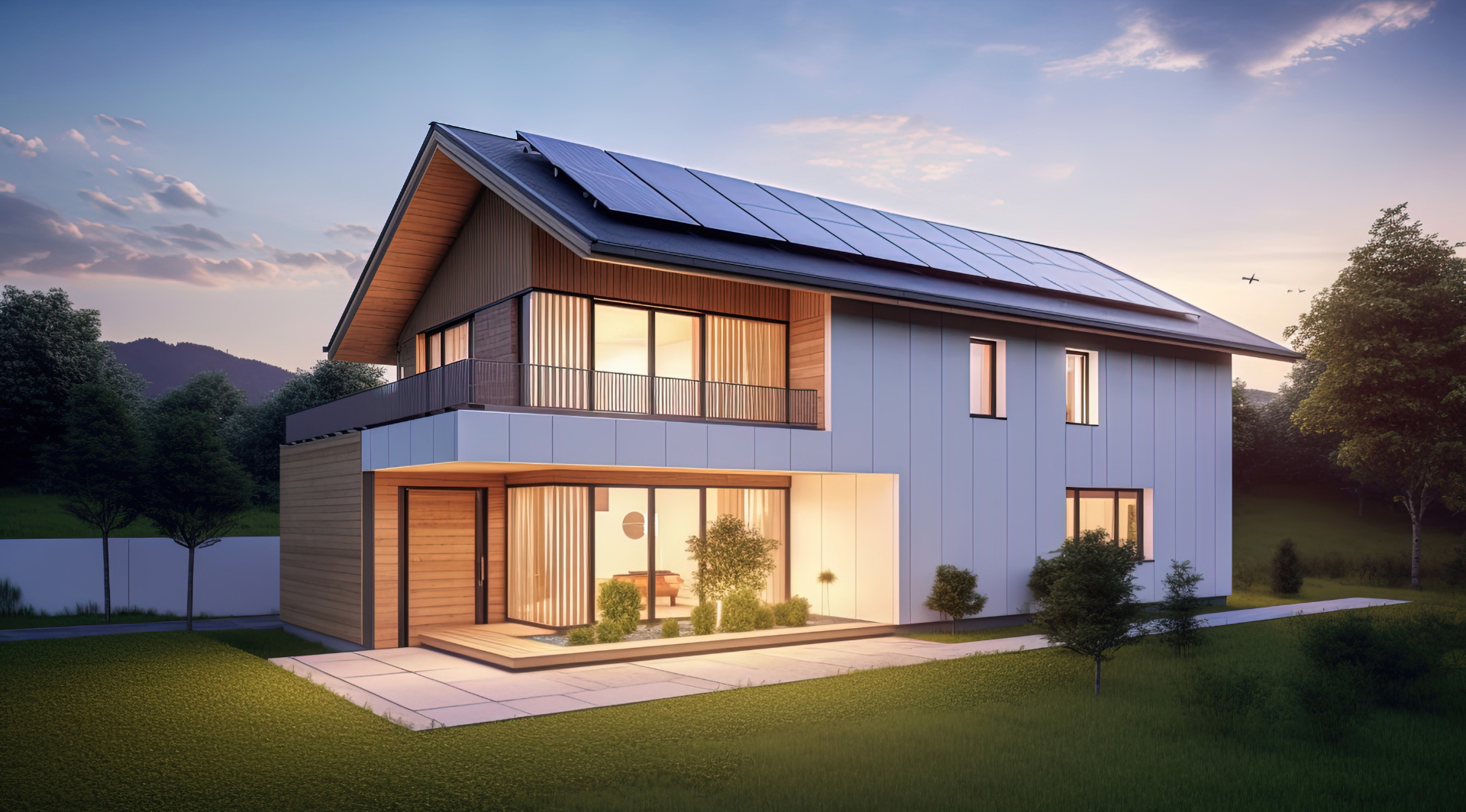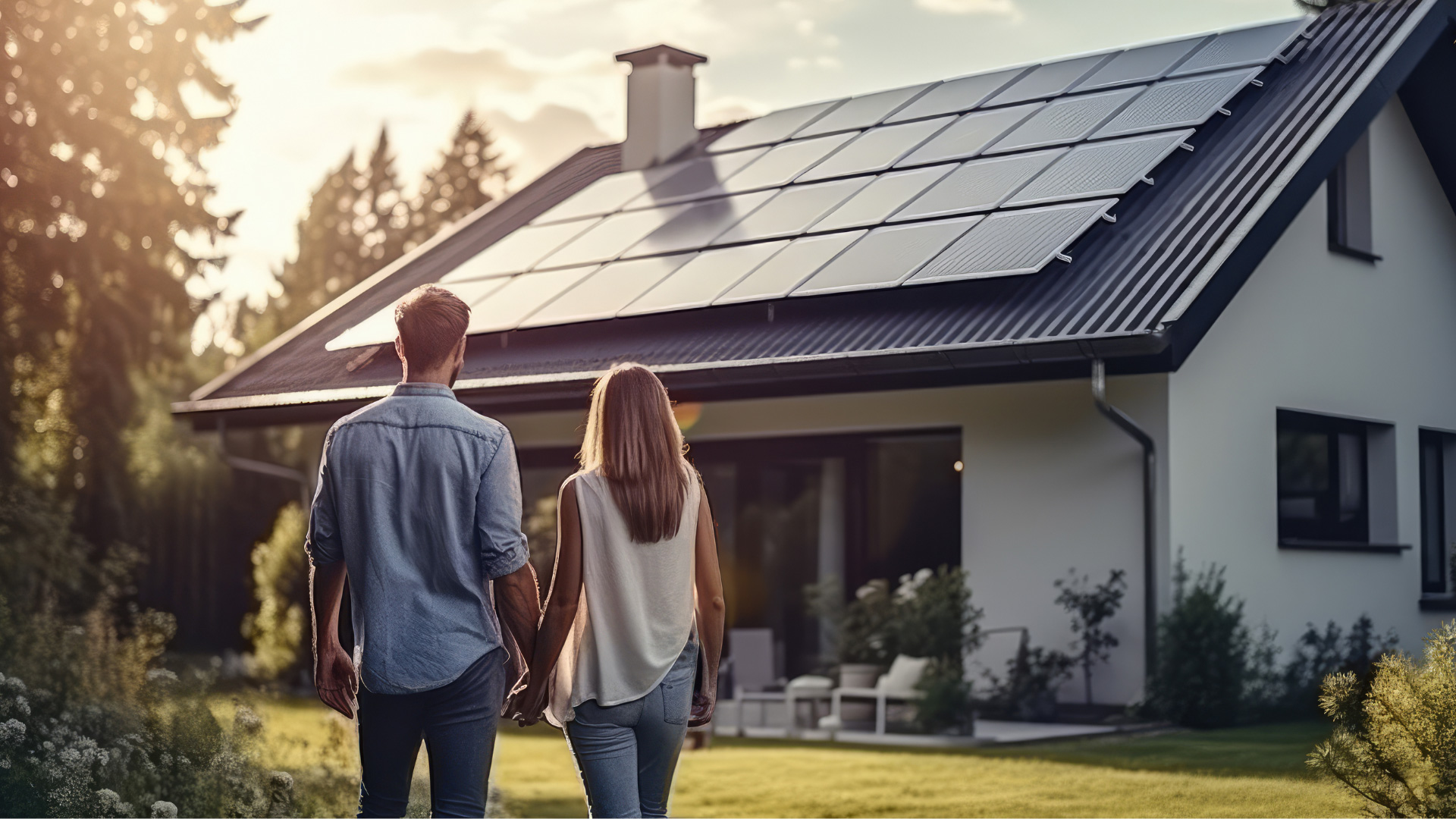For Scottsdale homeowners considering solar energy, the promise of “energy independence” is often a compelling factor. But what does energy independence really mean in the context of Scottsdale’s unique climate, utility landscape, and energy needs? At Solar Optimum, we believe in providing honest, location-specific information to help you make informed decisions about your energy future.
Understanding Energy Independence in the Solar Context
What True Energy Independence Means
When we talk about energy independence with our Scottsdale customers, we’re careful to distinguish between complete and partial independence. Complete energy independence means living entirely off-grid – generating 100% of your power needs without any utility connection. This is rarely practical for most Scottsdale homes, particularly given our extreme summer cooling demands.
What most Scottsdale homeowners achieve is significant partial independence – dramatically reducing reliance on utility power while maintaining the security of a grid connection. This hybrid approach offers financial benefits while avoiding the substantial investment and lifestyle adjustments true off-grid living would require.
The good news? Even partial independence provides remarkable control over your energy future in Scottsdale’s evolving utility landscape.
The Scottsdale Energy Environment
Scottsdale’s energy market is served primarily by Arizona Public Service (APS) and Salt River Project (SRP), each with distinct solar policies. Both utilities have implemented time-of-use rate structures that charge premium prices during peak demand hours – typically 3-8 PM when solar production is declining but home energy use ramps up.
Local electricity rates have increased approximately 3.8% annually over the past decade, outpacing inflation. This trend is expected to continue as aging infrastructure is replaced and fuel costs fluctuate. For Scottsdale homes with significant cooling needs, these rising rates create particular financial pressure during summer months.
What makes Scottsdale unique is its dramatic seasonal demand variation – summer electricity use often triples winter consumption due to air conditioning needs, creating complex energy independence considerations.
Scottsdale’s Solar Advantage
When it comes to solar potential, Scottsdale shines – literally. This region enjoys approximately 299 sunny days annually, with over 4,300 hours of sunlight per year. This translates to about 65% more solar irradiance than the national average, creating ideal conditions for solar energy production.
Scottsdale’s seasonal production patterns differ from many parts of the country. While northern states see dramatic winter production drops, its mild winters with clear skies deliver strong year-round output. However, the intense summer heat does affect panel efficiency – panels typically produce about 8-12% less electricity during 110°F+ days than they would at 77°F despite the abundant sunshine.
Even with this temperature effect, Scottsdale’s overall solar conditions rank among the nation’s best, making meaningful energy independence achievable for most homes.
Solar-Only Systems: Capabilities and Limitations
Grid-Tied Solar Without Batteries
Most Scottsdale solar installations are grid-tied systems without battery storage. These systems generate electricity during daylight hours, feeding excess production to the grid when you’re producing more than you’re using, and drawing from the grid when needed (such as evenings).
This arrangement works through net metering, though Arizona’s policies have evolved. Current utility buyback rates vary:
- APS credits exported energy at around 9.4¢ per kWh (compared to retail rates averaging 13¢)
- SRP offers a less generous export rate of approximately 7.9¢ per kWh
The most significant limitation of grid-tied systems becomes apparent during power outages. Without batteries, your solar system will automatically shut down during blackouts – even if the sun is shining – as a safety measure to protect utility workers.
For Scottsdale homeowners on time-of-use plans, the mismatch between peak solar production (10AM-2PM) and peak rate periods (3-8PM) creates another limitation on financial independence without storage solutions.
Production Realities in Scottsdale
Scottsdale’s desert environment presents unique maintenance considerations. Dust accumulation can reduce production by 5-10% between cleanings, making regular maintenance more critical here than in rainier climates. Monsoon storms bring both cleaning rain and periods of reduced production from cloud cover.
Financial Independence Aspects
Solar provides significant financial independence by insulating homeowners from utility rate increases. With Arizona’s electricity costs rising faster than the national average, this protection becomes increasingly valuable over time.
For most Scottsdale homes, solar system payback occurs within 7-9 years, with systems warranted for 25+ years. This creates 15+ years of essentially free electricity generation after the payback period.
Achieving Greater Energy Independence with Storage
Battery Storage Solutions
Battery storage transforms your solar capabilities, enabling:
- Use of solar power during evening peak rate periods
- Continued power during grid outages
- Strategic energy management to minimize grid reliance
For Scottsdale homes, popular storage options include:
- Tesla Powerwall (13.5 kWh capacity)
- Enphase IQ Battery (3.4 kWh per unit, scalable)
Sizing battery storage properly requires understanding Scottsdale’s unique demands. The city’s summer cooling needs create higher overnight power draws than many other regions. A typical Scottsdale home requires minimum storage of 15-20 kWh to cover essential overnight loads during summer, with larger systems needed for whole-home backup.
Managing Scottsdale’s Peak Load Times
Scottsdale’s electricity demand peaks between 4-7PM during summer months when residents return home and increase air conditioning use as outside temperatures remain high. This creates a challenging mismatch with solar production, which peaks around noon and declines in late afternoon.
Battery storage directly addresses this mismatch by:
- Storing midday solar overproduction
- Discharging during evening peak rate periods
- Reducing or eliminating expensive peak-rate electricity purchases
For homes with substantial cooling needs, strategic energy management becomes crucial. Programming thermostats to pre-cool homes during solar production hours and setting pools to run during midday sunshine maximizes independence without lifestyle sacrifices.
Backup Power During Outages
While Scottsdale enjoys relatively stable grid service compared to some regions, our extreme summer heat makes even brief outages potentially dangerous. APS and SRP average approximately 0.8-1.2 outages annually per customer, with typical duration of 60-120 minutes.
However, monsoon season microbursts occasionally cause longer localized outages. For these scenarios, battery backup provides crucial protection – particularly for homes with medical equipment, home offices, or elderly residents sensitive to heat.
Most Scottsdale homeowners opt for partial home backup, prioritizing:
- Air conditioning (at least one zone)
- Refrigeration
- Medical equipment
- Essential lighting and outlets
- Security systems
Full home backup remains possible but requires substantial battery capacity – typically 3-4 Powerwalls or equivalent – representing a significant investment beyond what most homeowners choose.
Scottsdale-Specific Factors Affecting Energy Independence
Local Building and HOA Regulations
Scottsdale’s permit process for solar is generally straightforward, with approvals typically taking 2-3 weeks. The city has adopted solar-friendly policies in recent years, though permitting costs remain somewhat higher than neighboring Phoenix.
Where Scottsdale differs significantly is in HOA restrictions. Many of Scottsdale’s premium communities have strict aesthetic guidelines, though Arizona law limits HOAs from prohibiting solar installations.
Landscaping considerations also matter in Scottsdale installations. Rapidly growing desert trees can create new shade patterns, while proper setbacks from native vegetation help avoid wildlife interactions with system components.
Maximizing Your Energy Independence in Scottsdale
System Design Strategies
Achieving maximum energy independence in Scottsdale requires thoughtful system design. Unlike other regions where south-facing panels are always preferred, our abundant sunshine makes east-west splits highly effective, particularly for time-of-use customers:
- East-facing arrays capture morning sun when temperatures are cooler and panels operate more efficiently
- West-facing arrays extend production into late afternoon peak rate periods
- This combination often delivers better real-world financial results than pure south orientation
Many Scottsdale homeowners benefit from slightly oversized systems that accommodate future needs like electric vehicles or expanded living space. With panel costs continuing to decrease, this future-proofing strategy often makes financial sense.
Ground-mounted arrays, while less common, offer advantages in certain Scottsdale properties with large lots, allowing optimal orientation and easier cleaning access.
Maintenance for Maximum Independence
Maintaining peak performance requires a maintenance approach tailored to Scottsdale’s environment:
- Panel cleaning quarterly, with additional cleaning after major dust storms
- System performance checks monthly, looking for unexpected production drops
- Shade management through strategic tree pruning when needed
- Seasonal adjustments to energy use patterns as production shifts
Your Path to Energy Independence in Scottsdale
While complete energy independence requires careful planning and typically includes battery storage, Scottsdale’s abundant sunshine makes it one of the best locations in the country to achieve a high degree of energy self-sufficiency. Solar Optimum’s experience with Scottsdale’s unique conditions ensures that your system is designed to maximize independence while working within local utility frameworks.
Whether you’re motivated by environmental concerns, financial benefits, or the security of energy independence, solar power in Scottsdale delivers compelling advantages. As utility rates continue rising and battery technology improves, the value proposition becomes increasingly attractive.
Ready to explore your path to energy independence? Contact Solar Optimum today for a Scottsdale-specific assessment of your home’s solar potential and a customized independence strategy that fits your goals and budget.






